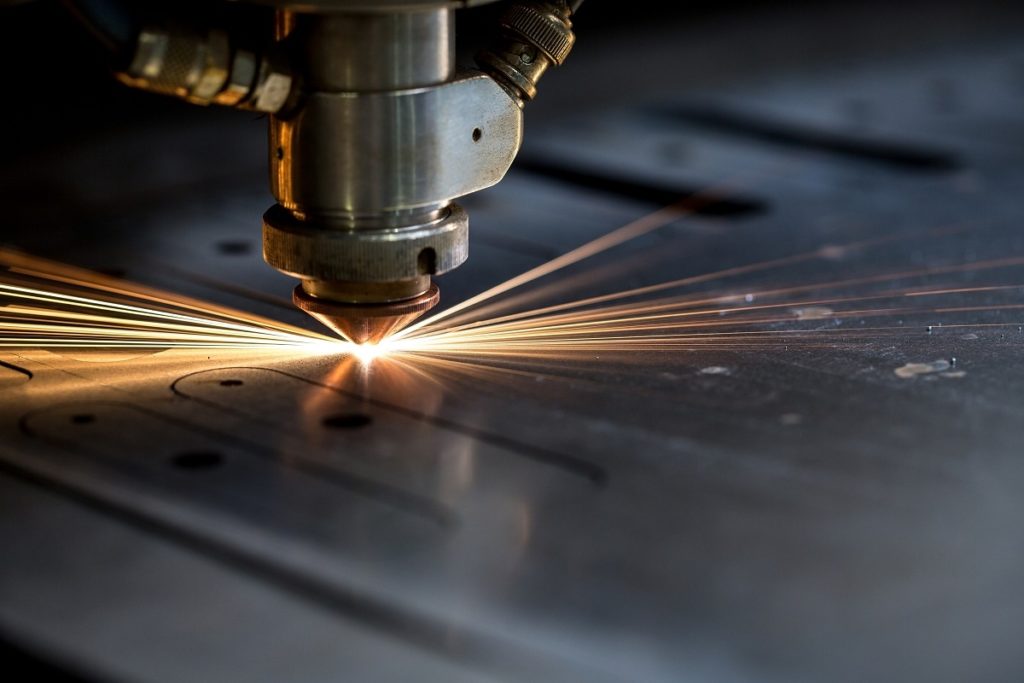For decades, the construction industry has remained one of the least automated sectors. It relies on manual-intensive labor as the primary source of productivity. Robots are not a common sight in this field. But with the recent changes in tech and economy, the construction sector is poised for a robot revolution.
The slow adoption of robot tech
It may seem odd that construction hasn’t maximized automation yet. But there’s a good reason for that: tasks are difficult to automate because the construction sites are impossible to control and standardize.
Robots excel at doing repetitive tasks without supervision in a controlled environment. They need to be designed to automatically adapt to variability in the environment to be productive and profitable in construction sites. Otherwise, contractors and developers risk having subpar projects and facing lawsuits. Even if they have good lawyers and litigation support like certified court reporters, dealing with lengthy legal battles can be costly. As such, only a few contractors dare to integrate automation into their projects.
But now, more and more construction robots take on historically challenging tasks on-site safely.
Robots breaking into the construction market
Construction robots for bricklaying and masonry are breaking into mainstream applications. For instance, the Hadrian X has surpassed its record and can now lay 200 bricks in an hour. With the help of scanners, sensors, and 3D rendering of the planned building, this machine knows exactly where to place the bricks. Though Hadrian X’s current speed hasn’t broken the world record set by an American bricklayer (915 bricks in an hour), it could still help contractors meet demands while lowering the risk of repetitive injury.
Another example is Tybot, an autonomous robot designed to tie rebar needed in bridge construction. Traditionally, this task is done by workers who are often suspended far above rivers or roads. With Tybot in their arsenal, workers only need to frame about ten percent of the bridge by hand as the robot can complete the rest autonomously. The reduced time make the workers’ job safer, easier, and faster.
Demolition robots are also making their way to the construction sector. While they are slower than demolition crews, they are more affordable and far safer when it comes to dismantling structural components. Putting fewer workers at risk of serious injury is a good reason to use these robots.
The future of construction robots

Other robot technologies are still in the phase of testing and only being used in demos. But once they hit the market at a mass scale, they could change the entire face of the construction industry. They could reduce labor demand, but this doesn’t mean people would be unemployed—it’s just that contractors could place their employees on assignments that are safer, less repetitive, and more fulfilling. Automation could also lower construction project costs significantly through increased efficiency and reduced risk of injury.
The robot revolution is promising, but only time will tell how productive and profitable these machines will be on construction sites. They may help offset labor shortage or end up being more trouble than they’re worth. But the good thing is the construction sector makes room for automated technology to grow.

